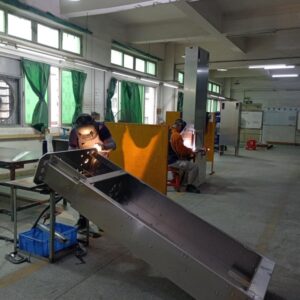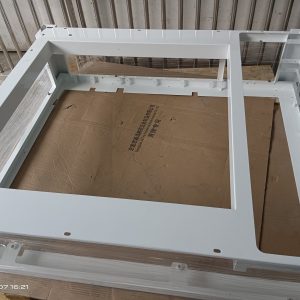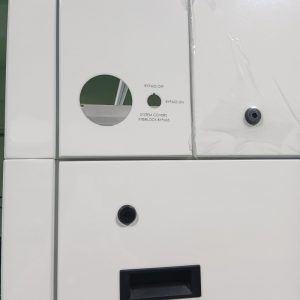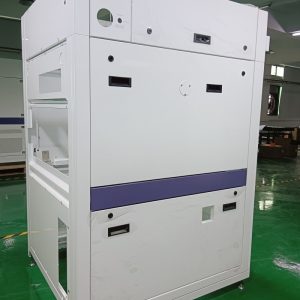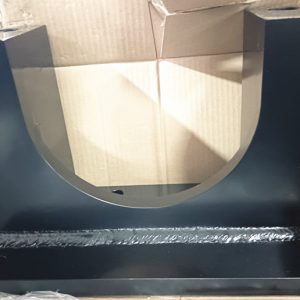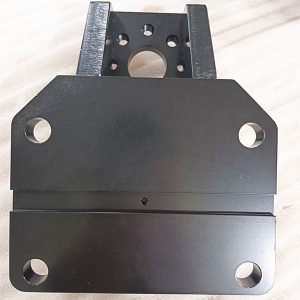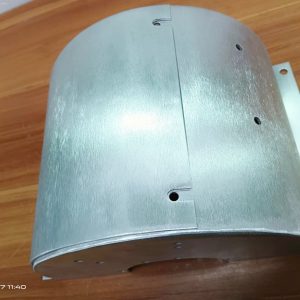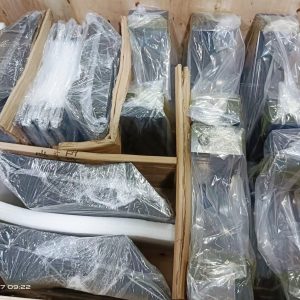Inspecting sheet metal parts involves a variety of techniques and tools to ensure they meet specifications and quality standards. Here’s a general overview of the inspection process:
1. Visual Inspection
- Check for Defects: Look for visible defects such as dents, scratches, rust, or deformation.
- Surface Finish: Evaluate the surface finish for consistency and any signs of unevenness or contamination.
2. Dimensional Inspection
- Measuring Tools: Use tools like calipers, micrometers, and height gauges to measure critical dimensions, such as thickness, length, width, and hole sizes.
- Tolerances: Ensure that all dimensions are within the specified tolerances.
3. Thickness Measurement
- Micrometers: For precise measurement of the sheet metal thickness.
- Ultrasonic Thickness Gauges: For non-destructive thickness measurements, especially useful if the part is coated or painted.
4. Edge and Corner Inspection
- Check Edges: Inspect edges for sharpness or burrs that could affect assembly or safety.
- Corner Radii: Verify that corner radii are within specification, especially in applications requiring specific radii for stress distribution.
5. Flatness and Warpage
- Straightedge: Use a straightedge to check for flatness and identify any warping or bowing.
- Surface Plates: Place the part on a surface plate and use a dial gauge to check for flatness.
6. Hole and Slot Inspection
- Go/No-Go Gauges: Use gauges to ensure that holes and slots are within acceptable size and position tolerances.
- Pin Gauges: For checking hole sizes and alignment.
7. Welding and Joint Inspection
- Visual Inspection: Examine welds or joints for proper appearance and adherence to standards.
- Nondestructive Testing (NDT): Techniques like ultrasonic testing or X-ray inspection can be used to detect internal defects in welds.
8. Coating and Plating
- Coating Thickness: Measure the thickness of coatings or plating using tools like a coating thickness gauge.
- Adhesion Tests: Perform tests to ensure that coatings adhere properly to the sheet metal.
9. Functional Testing
- Fit and Assembly: Check that the part fits and assembles correctly with other components.
- Performance Testing: If applicable, test the part under operational conditions to ensure it performs as intended.
10. Documentation and Reporting
- Inspection Records: Maintain detailed records of inspection results, including measurements, findings, and any deviations from specifications.
- Non-Conformance Reports: Document any defects or issues and follow up with corrective actions as needed.
By following these steps, you can ensure that sheet metal parts meet quality and performance standards, helping to avoid potential issues in their final application.
Related Links:
sheet metal fabrication company china | china sheet metal forming manufacturers | china sheet metal fabrication manufacturers | china custom sheet metal parts | china sheet metal fabrication companies | china sheet metal fabrication factory | sheet metal fabrication companies in china | sheet metal parts manufacturing china | china sheet metal parts manufacturers | china sheet metal parts company | china metal enclosure manufacturers | china aluminum sheet metal fabrication manufacturers | china sheet metal manufacturing manufacturers

